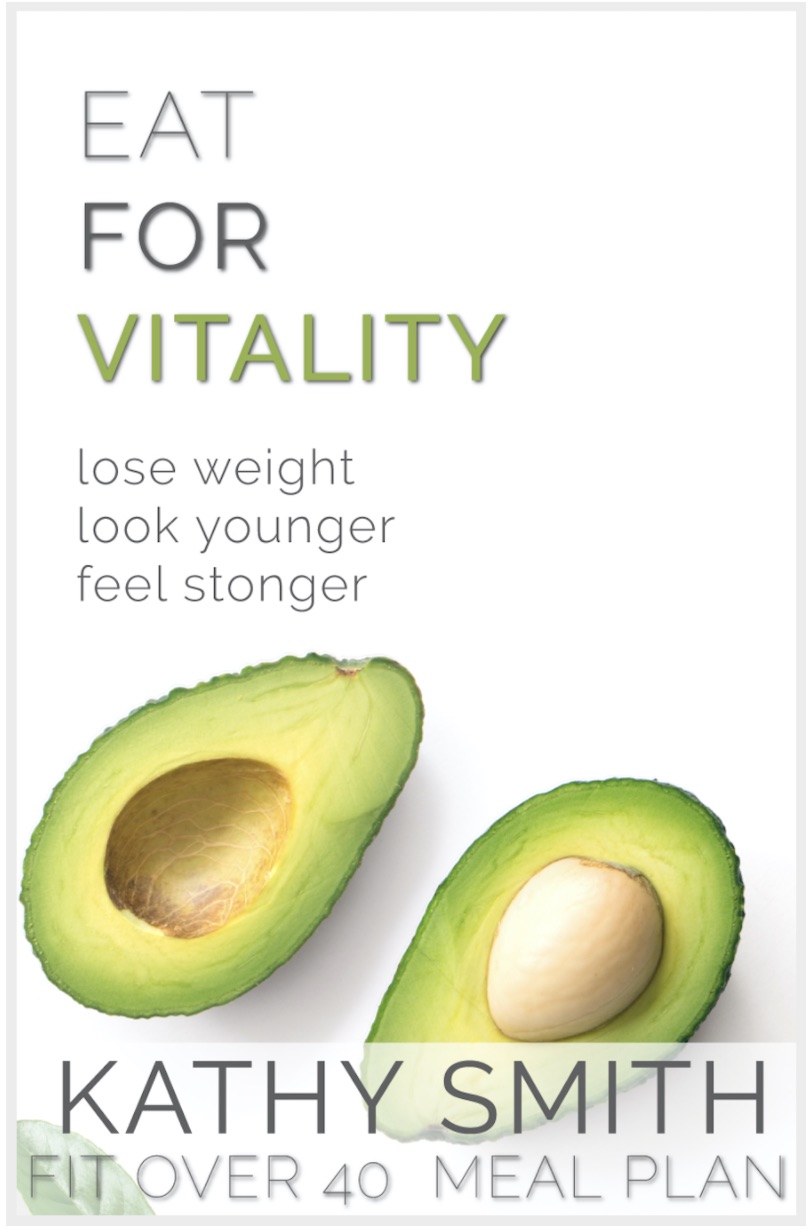How to Eat Carbs

AND STILL LOSE WEIGHT
Yes, you can eat carbs and still lose weight!
When it comes to carbs, there’s a range of how much you can eat and still slim down, depending on several factors. First and most importantly, how much time you’re putting in on a treadmill or at the gym is crucial. An elite athlete needs more carbs to fuel her lifestyle than someone who spends most of her day sitting at a computer.
Here’s a ballpark range of what’s appropriate, safe and effective, depending on your level of activity…
SUPER LOW CARB – 0-50g Carbs Per Day: Accelerated Fat Burning Zone
If you’re trying to lose a lot of water weight in a couple days, cut your carbs below 50g/day. This isn’t easy to do, and very restrictive, but any bodybuilder knows it’s the fastest way to lean out in a short amount of time.
This is when your body goes into ketosis, a metabolic state where you’re burning your own fat as a main source of energy. But ketosis doesn’t come without its risks – so talk to your doctor before making any major changes in your diet.
LOW CARB – 50-100g Carbs Per Day: Weight Loss Zone
If you’re staying in this range, chances are good that you’ll achieve healthy weight loss.
I like the way my friend Mark Sisson describes this range: “The sweet spot for effortless weight loss.” Mark is a New York Times best-selling author, an elite endurance athlete, the founder of Primal Kitchen and The Primal Blueprint. Plus, he publishes a wonderful and crazy successful blog, Mark’s Daily Apple.
Mark was recently a guest on The Art of Living podcast, offering the tools to help you flip the switch to become what he calls a “fat-burning beast.” You can listen to the full episode here.
MODERATE CARB – 100-150g Carbs Per Day: Weight Maintenance Zone
This supports healthy weight maintenance, because it allows optimal fat-burning and muscle development based on body weight and activity. Here, you get to enjoy ample amounts of vegetables and fruits while avoiding grains and sugars.
HIGH CARB – 150-300g Carbs Per Day: Weight Gain Zone
Even though this is represents the low end of a typical American’s daily carb intake, the truth is that this number can lead to gradual weight gain (depending on the types of carbs you’re eating, and your activity level).
SUPER-HIGH CARB – Over 300g Carbs Per Day: DANGER Zone!
If you’re eating in this range, you’re almost guaranteed to experience continuous weight gain. Mark aptly describes this as “The Danger Zone.”
The carbohydrate count of the food you eat is usually right there in plain black lettering. If it contains over 30 grams in a small serving, with little to no fiber content, you might want to try a healthier option.
The higher that fiber count is within those carbs, the better. Carbs with a high fiber content are generally considered the “good carbs.”
Here are a few carb-count examples of some typical foods:
- 1 Slice of whole wheat bread: 13-16 g/slice
- 1 can of soda: 35.6 g
- 1 slice of chocolate cake: 35 g
- Mocha Frappuccino: 44 g
- Cinnamon Raisin Bagel: 65.1 g
- 1/2 cup of All Bran Cereal: 23.5 g
- 8 oz. Low-fat Blueberry Yogurt: 48 g
For comparison, here are some carbs that are combined with a little more fiber, which helps you digest them more slowly, and doesn’t create that unfavorable blood sugar spike (which leads to weight gain) caused by other carbs:
- 1/2 cup of Oatmeal: 12 g (2g of fiber)
- 1 small Banana: 23.1 g (2.6g of fiber)
- 1 medium Apple: 19 g (1.7g of fiber)
- 8 Asparagus Spears: 5.2 g (2.4g of fiber)
- 1/2 cup of Steamed Kale: 3.6 g (1.3g of fiber)





